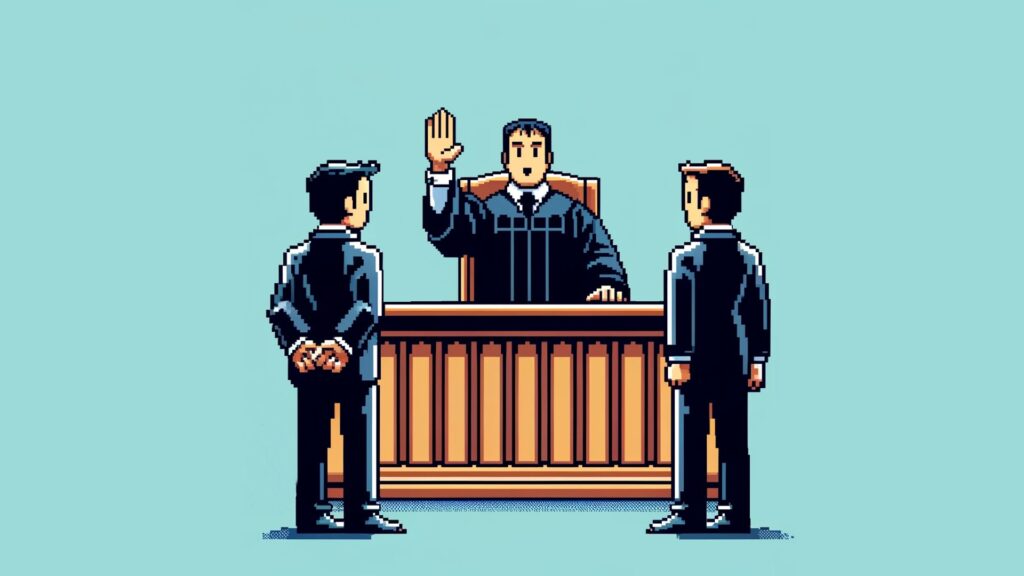
Limitations of liability are an important aspect of any technology agreement, as they help to define and limit the amount of financial responsibility that each party in the agreement must accept in the event of a dispute or legal action.
Caps
One of the main limitations of liability in a technology agreement is the cap on the amount damages. This means that even if a party is found to be at fault in a dispute, the maximum amount of financial responsibility that it is willing to accept is limited to a specific dollar amount. For example, a technology company may agree to a cap on damages of $1 million in the event of a legal dispute. Or it could agree that the maximum amount it would have to pay would be whatever its insurance will cover. It is important to note that while damages caps can provide predictability and stability in terms of financial exposure, they can also limit the recovery of a party that has suffered significant losses. So they should be negotiated thoughtfully.
Exclusions
Another limitation of liability in a technology agreement is the exclusion of certain types of damages. This means that even if a party is found to be at fault, they are not responsible for certain types of losses or damages. For example, a technology company may exclude consequential damages, such as lost profits or loss of business, in the event of a legal dispute.
Carveouts
Though a limitation of liability provision may call for a damages cap or an exclusion of the types of damages available, parties recognize that in certain situations, damages should not be limited. For example, a breach of confidentiality by one party may be particularly harmful to the other party, and thus it would be unfair to cap the amount of damages. Another example arises in the context of indemnification. If one party is obligated to pick up the tab because the other party got sued for what the indemnifying party did, then the indemnified party will want to make sure it is made whole, regardless of what the damages are. In situations such as these, the parties may negotiate a “carveout” from the damages cap or exclusion, and agree that if something occurs within a defined set of circumstances, the liability caps or exclusions will not apply.
Limitations on limitations
It is important to keep in mind that limitations of liability are subject to legal interpretation and may not be enforceable in all jurisdictions. They can be evaluated and interpreted by courts in different ways. Additionally, some courts may hold that a limitation of liability clause is unenforceable if it is found to be unconscionable or against public policy.
Tough negotiation
In many technology transactions, the limitation of liability provision is among the last remaining issues to negotiate. This fact underscores how important such provisions are in making a particular transaction palatable to a party. A particular vendor may not be willing to “bet the company” on a particular deal (i.e., would not want to risk everything if something goes wrong). So these sorts of provisions are useful in giving parties comfort to enter into a deal.
Evan Brown is a technology attorney in Chicago. Follow him on Twitter: @internetcases


